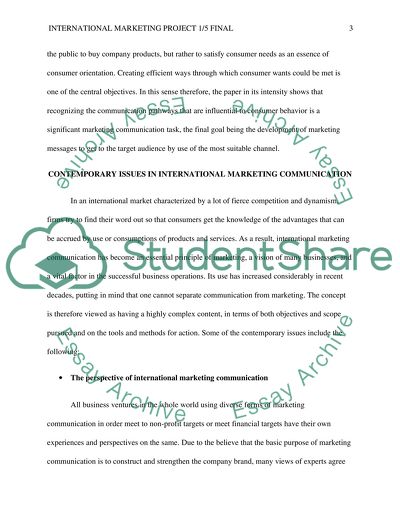Cite this document
(“International Marketing Project 1/5 final Assignment”, n.d.)
Retrieved from https://studentshare.org/marketing/1494852-international-marketing-project
Retrieved from https://studentshare.org/marketing/1494852-international-marketing-project
(International Marketing Project 1/5 Final Assignment)
https://studentshare.org/marketing/1494852-international-marketing-project.
https://studentshare.org/marketing/1494852-international-marketing-project.
“International Marketing Project 1/5 Final Assignment”, n.d. https://studentshare.org/marketing/1494852-international-marketing-project.


